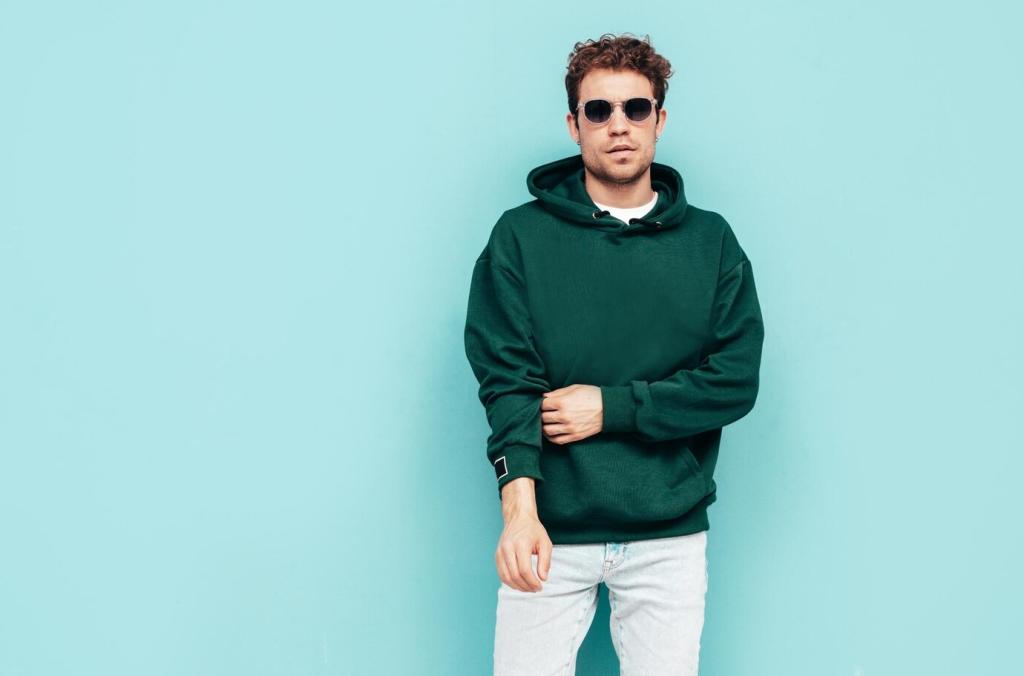Creating a sustainable closet is about more than just buying a few eco-friendly shirts; it’s a complete mindset shift that involves reconsidering how, why, and what we wear. An eco-conscious wardrobe puts planet and people first, focusing on responsible production, mindful consumption, and thoughtful curation. As fast fashion continues to burden the environment, making intentional changes in our clothing choices becomes one of the most meaningful steps we can take. This guide empowers you to embrace sustainability by equipping you with the knowledge and inspiration needed to transform your closet into a haven of ethical, eco-friendly style.
Understanding the Impact of Fast Fashion
The fashion industry is among the top contributors to water pollution, carbon emissions, and waste. From the cultivation of water-intensive crops like cotton to the dyeing and finishing of fabrics, each step in the production chain leaves a considerable ecological trace. Synthetic fibers, often derived from petroleum, persist in landfills for centuries, further compounding the environmental crisis. By being aware of these impacts, consumers can more consciously select pieces that minimize ecological harm, supporting brands and processes that actively reduce their footprint through innovation and responsible sourcing.


Choosing Sustainable Fabrics
Organic cotton, linen, and hemp are standout examples of fibers grown without harmful pesticides or synthetic fertilizers. These crops often require less water and promote healthier soil. Regenerative agriculture takes this a step further, seeking to restore the land rather than merely minimize harm. Choosing garments crafted from organically-grown or regeneratively-farmed materials helps support biodiversity, protect water sources, and encourage holistic land management practices, making each piece a testament to environmental restoration.
Reducing consumption is the cornerstone of any sustainable wardrobe. Fast fashion relies on the constant churn of trends, encouraging people to buy more and discard quickly. By focusing on versatile, high-quality pieces that you truly love, you slow down this cycle, save money over time, and significantly minimize your impact. Investing in well-made garments that withstand wear and transcend seasons becomes a powerful act of resistance against disposability, allowing style and sustainability to harmoniously coexist.
